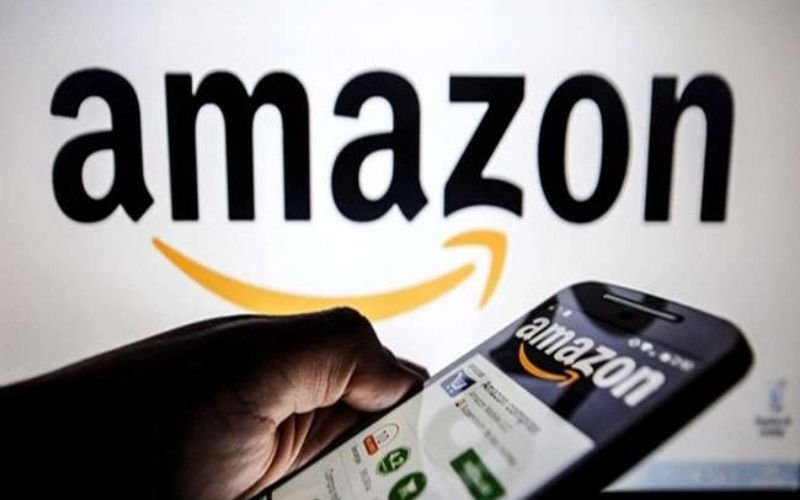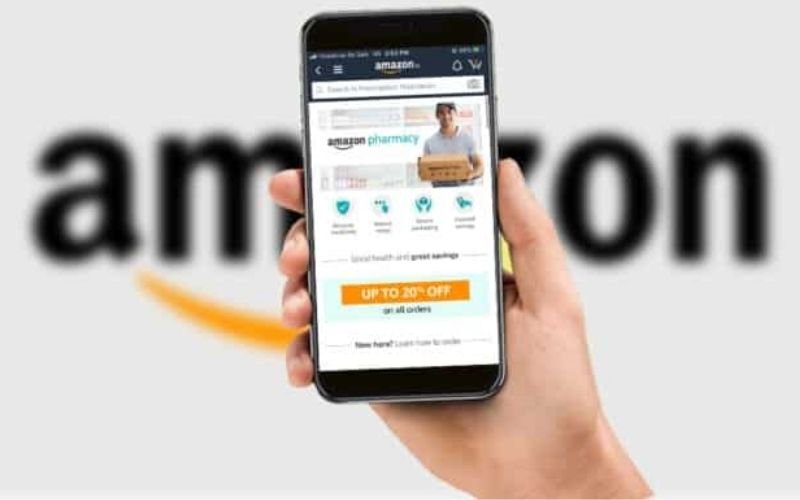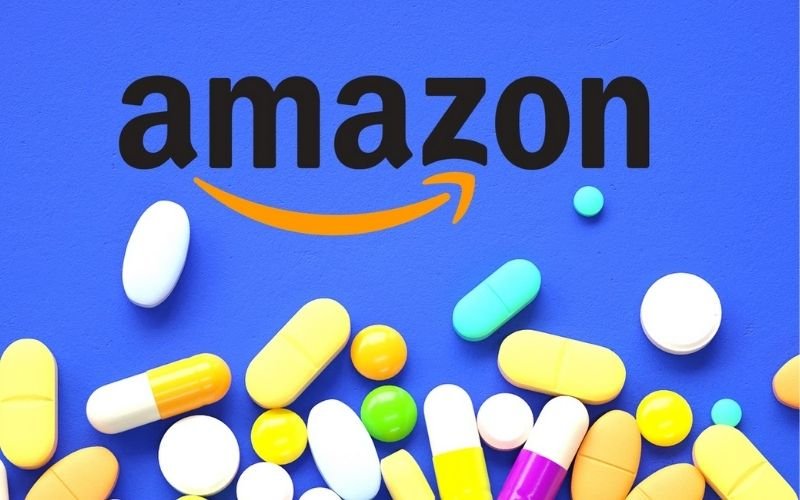E-commerce firm- Amazon India has launched Amazon Pharmacy, marking its entry into the online medicine segment that has significant gained momentum during the covid-19 led lockdown and even after unlocking.
It has launched the online pharmacy service in Bengaluru to begin with, and may conduct pilots in other cities too going forward.

It has launched the online pharmacy service in Bengaluru to begin with, and may conduct pilots in other cities too going forward.
The lockdown and social distancing have prompted customers to move to online consultation, treatment, medical tests and medicine delivery. Healthcare startups Practo, NetMeds, 1mg, PharmEasy and vMedlife are witnessing a huge surge in demand and a spurt in funding activity, similar to edtech platforms, which outperformed all other sectors among startups.
In order to tap into fulfilling the needs of customers, Amazon is launching Amazon Pharmacy in Bengaluru. This will allow customers to order prescription-based medication as well as get over-the-counter medicines, basic health devices and Ayurveda medication from certified sellers.

Healthcare startups Practo, NetMeds, 1mg, PharmEasy and Medlife are witnessing a huge surge in demand and a spurt in funding activity, similar to edtech platforms, which outperformed all other sectors among startups.
According to RedSeer Consulting, India’s digital health market will expand to $4.5 billion in this financial year, against $1.2 billion in FY20. In the lieu of the same, medicine delivery will continue to comprise a large majority of the market.
Both big and small healthcare firms are registering increasing user interest and demand post covid, as people spend on boosting their immunity, treat illnesses through online consultations and buy medicines online.

Teleconsultations at Bengaluru-based on-demand healthcare service Mfine have grown 3-4 times in recent months. E-health platform Practo Technologies too registered a 600% growth in online consultations since the lockdown started in March, with 70% of all users being first-time telemedicine users and 45% from smaller cities.


